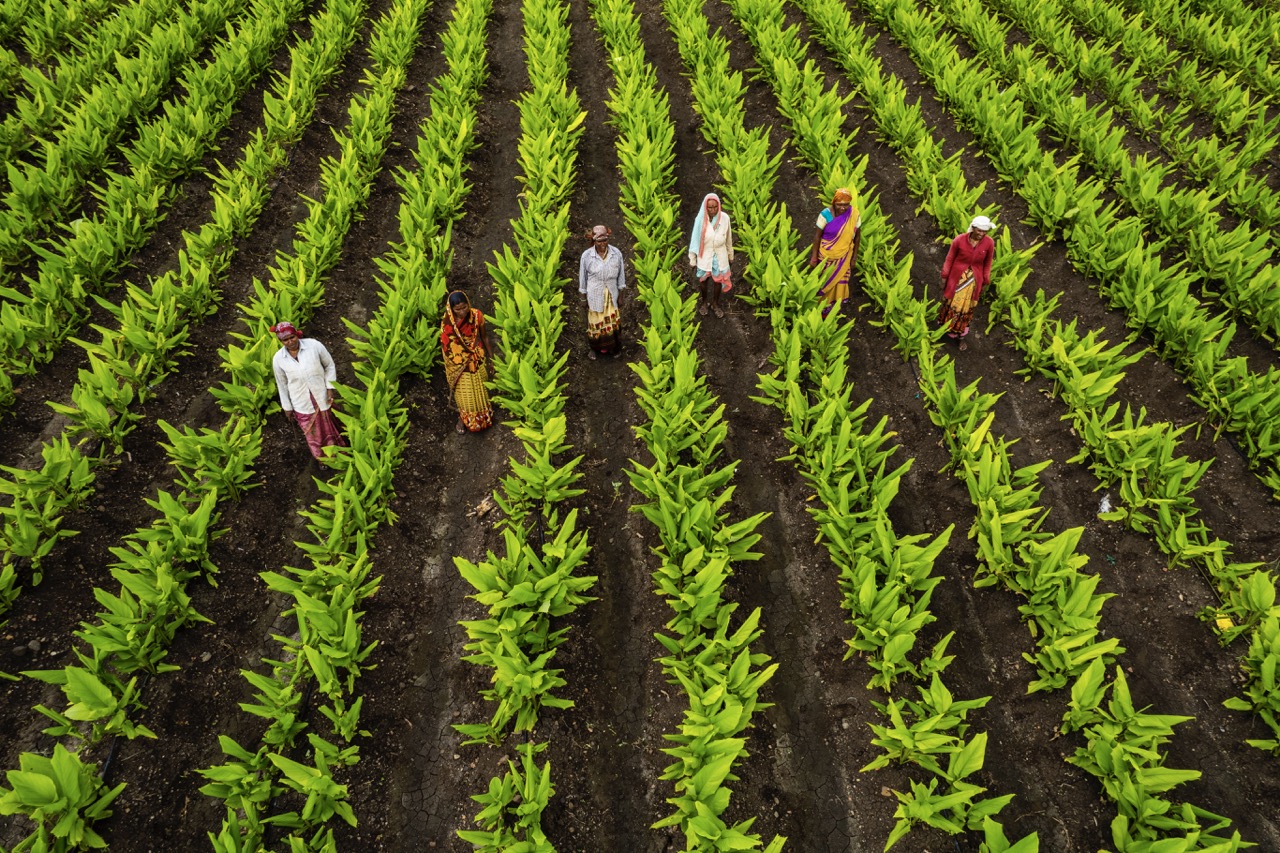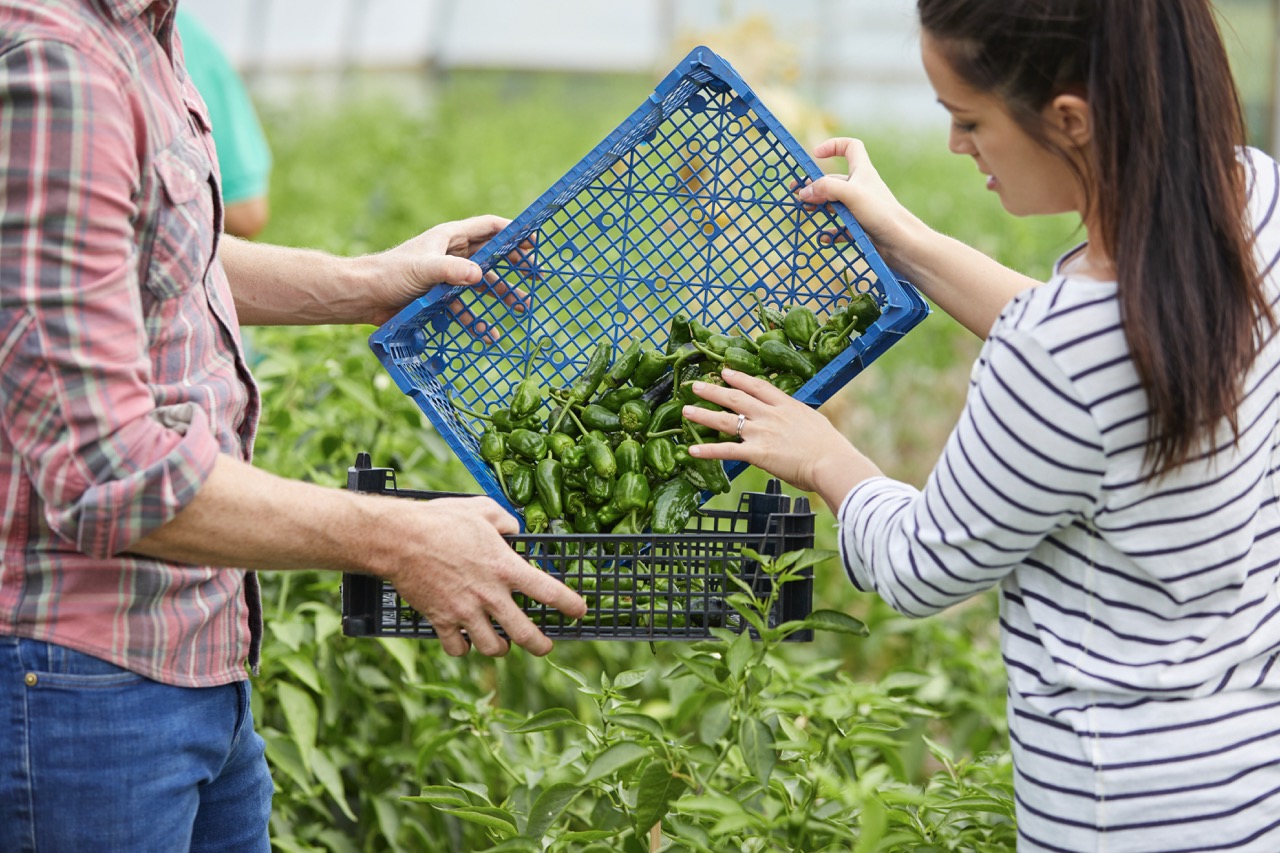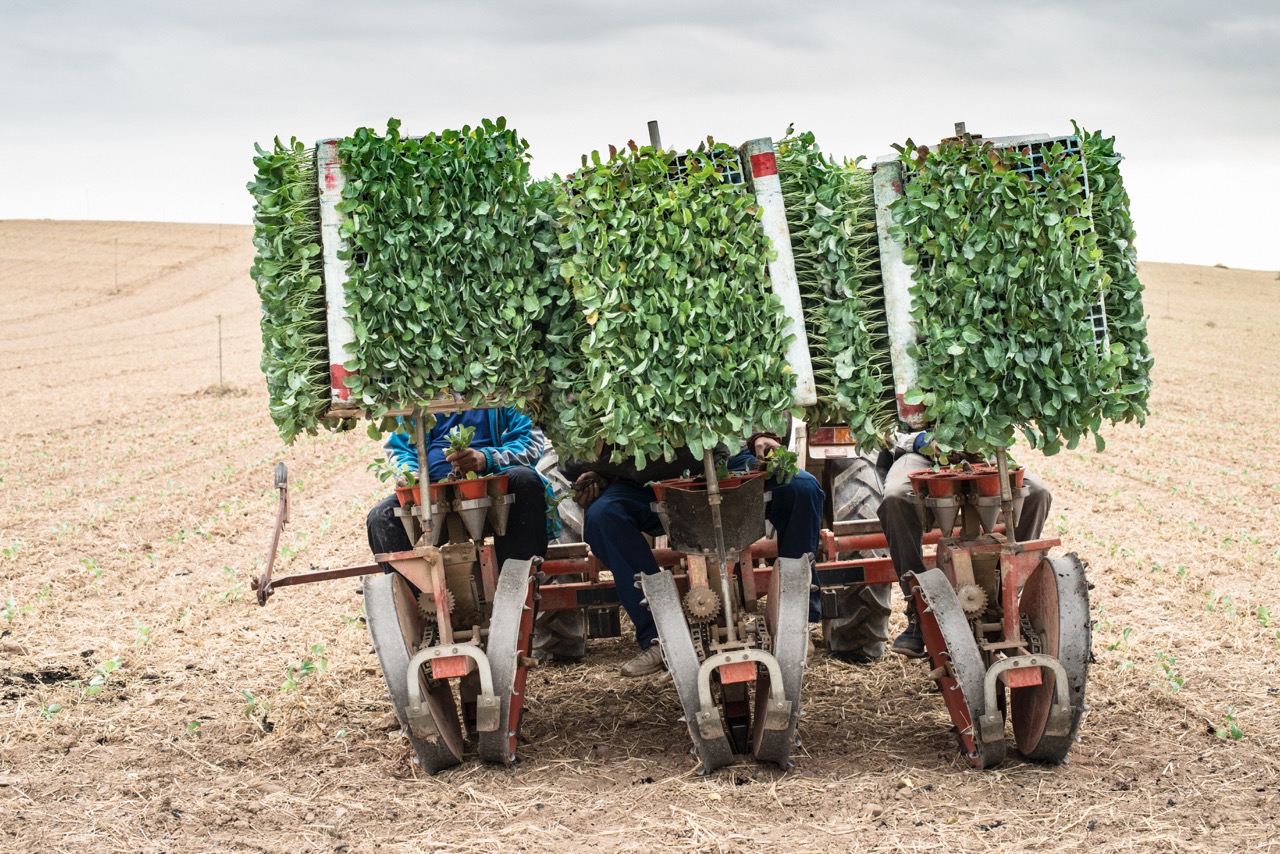As the impacts of climate change become increasingly evident, farmers around the world are facing unprecedented challenges. From erratic weather patterns to prolonged droughts and flooding, the threats to agricultural productivity are significant. However, by understanding and implementing strategies for climate resilience, farmers can not only mitigate these effects but also enhance their capacity to adapt to future changes. In this article, we explore critical concepts of climate resilience, practical sustainable practices, innovative technologies, and the importance of community partnerships in creating a more robust agricultural sector.
Understanding Climate Resilience: Key Concepts for Farmers
Climate resilience refers to the ability of agricultural systems to withstand, recover from, and adapt to the impacts of climate change. For farmers, this means not only enhancing the productivity of their land but also ensuring that their operations can endure and thrive amid changing environmental conditions. Key concepts include diversification of crops, soil health, and water management, which are all crucial components in building a resilient agricultural ecosystem.
One fundamental aspect of climate resilience is understanding the local climate and its variability. Farmers should invest time in climate data analysis and forecasts, which can guide crop selection and management practices. Moreover, engaging in agroecological practices—such as crop rotation and polyculture—can enhance biodiversity on farms, providing a buffer against pests and diseases that may thrive under changing climatic conditions.
Lastly, an essential element in fostering climate resilience is fostering a mindset of adaptability. This involves being willing to experiment with new practices and technologies, while also being prepared for unforeseen challenges. Resilience is not a one-time achievement but rather an ongoing process that requires continuous learning and adjustment based on both environmental feedback and socioeconomic changes.
Implementing Sustainable Practices on Your Farm Today
Farmers can take immediate steps to implement sustainable practices that contribute to climate resilience. One effective strategy is to adopt conservation agriculture, which minimizes soil disturbance, maintains soil cover, and promotes crop rotation. These practices help to improve soil health, increase organic matter, and enhance water retention, making farms less vulnerable to droughts and heavy rainfall events.
Water management is another critical area where farmers can make impactful changes. Techniques such as rainwater harvesting, the use of drip irrigation, and the creation of swales can optimize water use and reduce runoff. These methods not only conserve water resources but also reduce the risk of soil erosion and nutrient loss during heavy rains, ensuring that crops remain productive throughout the growing season.
Finally, integrating livestock and crop production can lead to more sustainable and resilient farming systems. Practices like agroforestry, where trees are planted alongside crops, can enhance biodiversity, improve soil health, and provide additional income streams through timber, fruit, or nuts. By diversifying income sources and improving ecosystem services, farmers can buffer their operations against potential losses due to climate-related disruptions.
Innovative Technologies to Enhance Farm Resilience
The integration of innovative technologies is vital for enhancing farm resilience in the face of climate change. Precision agriculture tools, including satellite imagery and soil sensors, allow farmers to make data-driven decisions that optimize resource use and minimize waste. These technologies facilitate targeted applications of water, fertilizers, and pesticides, ensuring that crops receive exactly what they need, when they need it.
Drones and automated machinery can also play a crucial role in improving efficiency and responsiveness. For instance, drones can monitor crop health, assess water needs, and identify pest outbreaks, enabling farmers to act swiftly and prevent larger problems. Furthermore, robotic systems can be employed for tasks such as planting and harvesting, which can adapt to changing work conditions and labor shortages often exacerbated by climate change impacts.
Moreover, climate-smart technologies such as bioengineering and genetic modification are showing promise in developing crop varieties that are more resistant to climate stressors like drought, salinity, and pests. By investing in research and development of these technologies, farmers can secure higher yields while using fewer resources, ultimately contributing to more stable food systems in an uncertain climate future.
Building Community Partnerships for Climate Adaptation
Building resilient farming systems is not solely the responsibility of individual farmers; it requires collaboration and partnership within the community. By forming networks with local organizations, agricultural cooperatives, and educational institutions, farmers can share resources, knowledge, and best practices for climate adaptation. Such partnerships can amplify the impact of individual efforts and lead to community-wide adaptations.
Another critical aspect of community collaboration is engaging with local governments and policymakers to advocate for climate-resilient practices. These partnerships can help secure funding for community projects, such as infrastructure improvements for water management or shared resource programs that assist farmers in transitioning to more sustainable practices. Policies that support education and access to innovative technologies are also essential in fostering a culture of resilience.
Finally, engaging consumers and fostering local food movements can create a robust support system for farmers. By promoting locally sourced produce, communities can help farmers remain economically viable while also reducing the carbon footprint associated with transporting food long distances. In this way, community partnerships become a vital component in building a more climate-resilient agricultural landscape.
As the agricultural sector faces the realities of climate change, the importance of resilience cannot be overstated. By understanding key concepts, implementing sustainable practices, embracing innovative technologies, and forging community partnerships, farmers can create a more robust and adaptable agricultural system. The journey to climate resilience is not a solitary one; it requires the commitment and collaboration of farmers, scientists, policymakers, and consumers alike. Together, we can cultivate a future where farming not only survives but thrives in the face of climate challenges.










